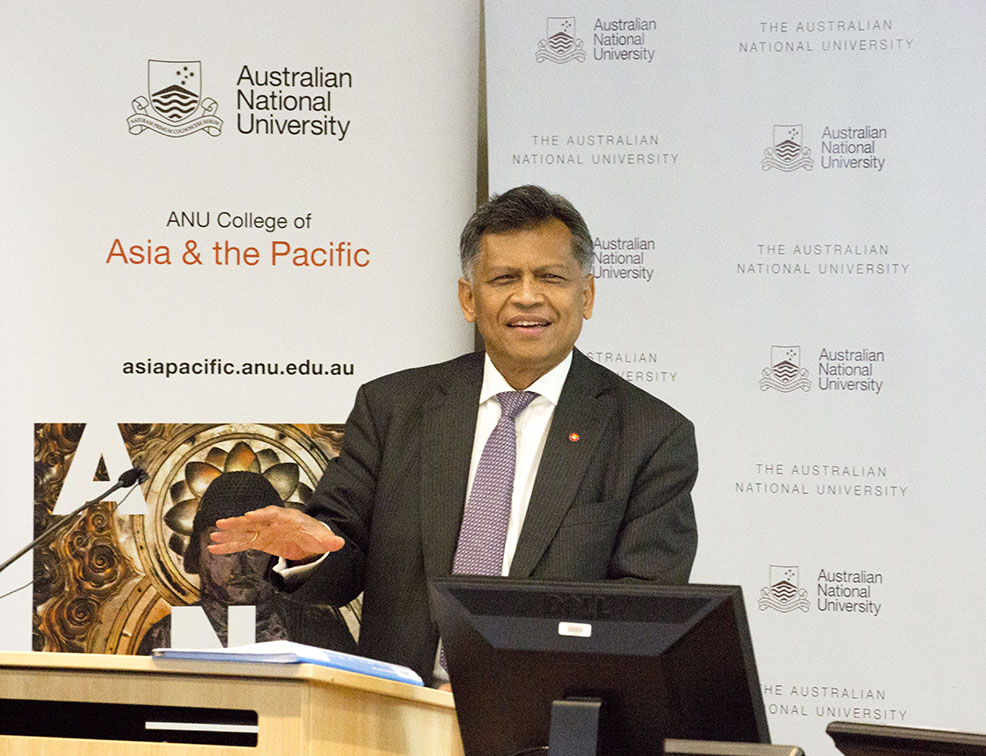Which came first? Strategic trust and maritime confidence building measures
 ASPI recently convened a conference on Maritime Confidence Building Measures in the South China Sea. It was attended by 62 participants from 16 countries and considered maritime confidence building measures of a military and non-military nature, as well as examining possible mechanisms for avoiding and managing incidents at sea.
ASPI recently convened a conference on Maritime Confidence Building Measures in the South China Sea. It was attended by 62 participants from 16 countries and considered maritime confidence building measures of a military and non-military nature, as well as examining possible mechanisms for avoiding and managing incidents at sea.
In a post on the conference on the Lowy Interpreter, Rory Medcalf rightly pointed out that we need to get beyond a situation where some countries won’t institute CBMs until they’ve achieved a level of political and strategic trust that would make confidence building measures (CBMs) redundant.
This has become a ‘chicken and egg’ situation. What comes first—trust or CBMs? Some claim that the Chinese position is that CBMs aren’t possible in the South China Sea (SCS) without first building strategic trust. But others believe that when China puts forward proposals such as the ASEAN–China Maritime Cooperation Fund, it’s actually proposing CBMs. ASEAN claimants have been slow to embrace the Chinese proposals: they’re saying that some form of trust is required before there can be cooperation. This might mean some concessions by China with regard to its sovereignty claims in the SCS. Read more


